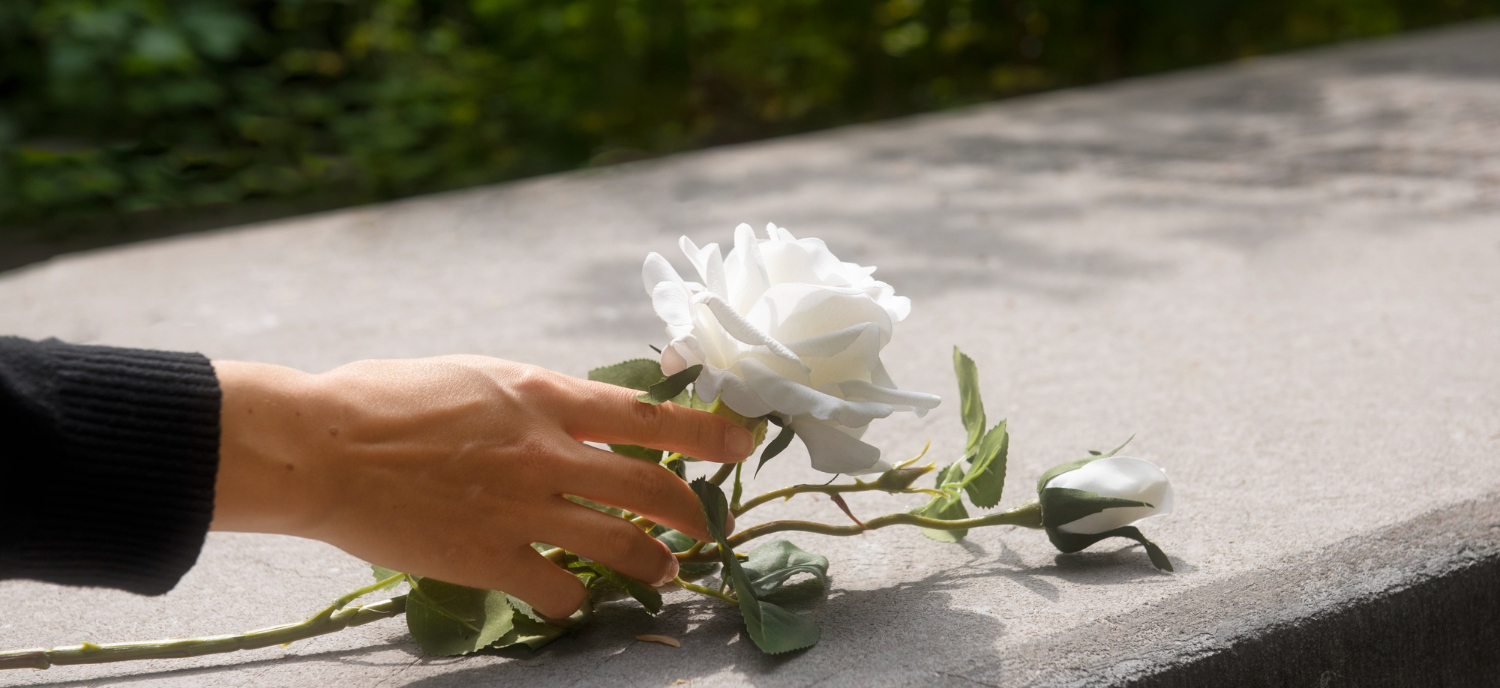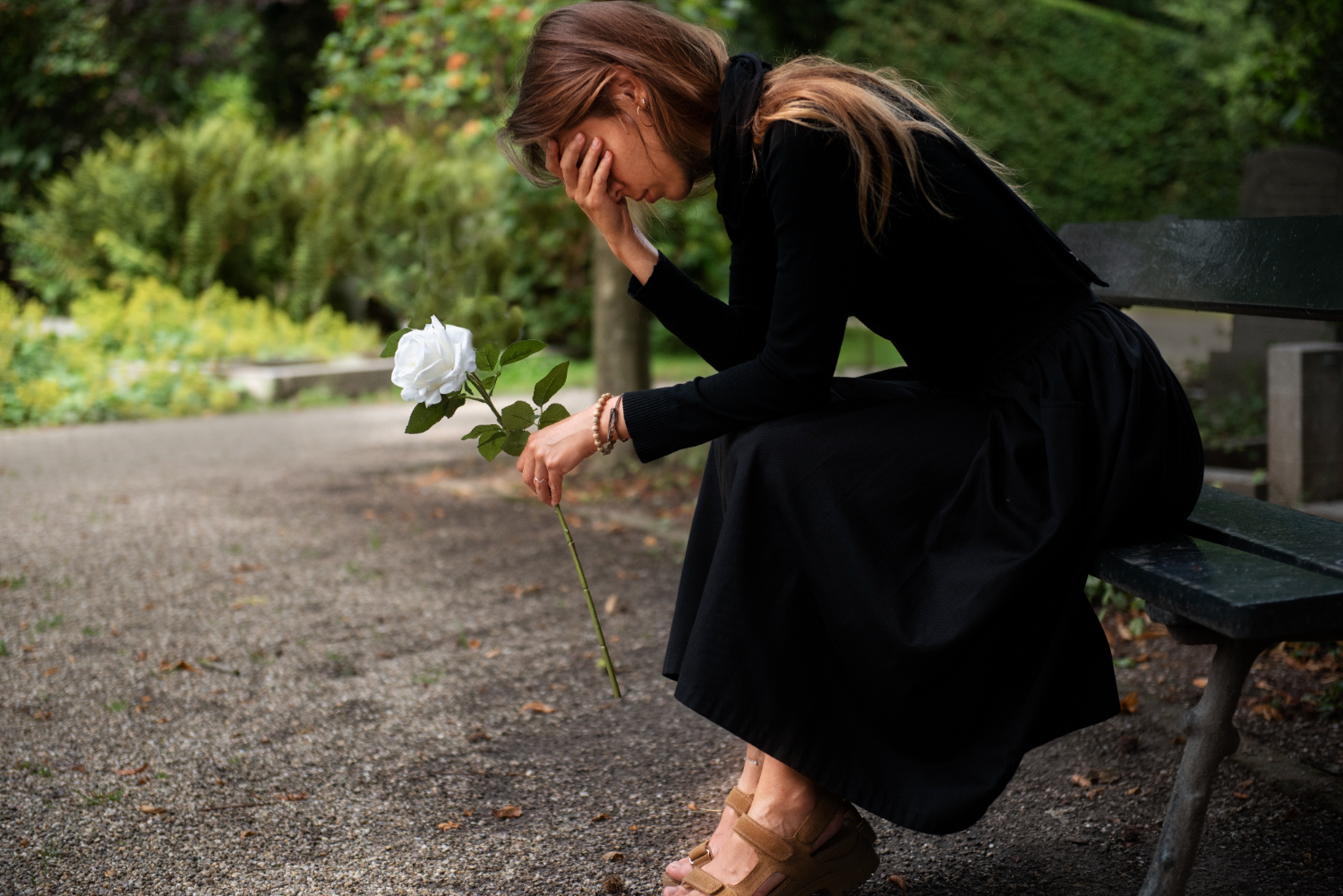The Guilt of Feeling Okay—When Moments of Peace Feel Like Betrayal

For a moment today, I felt… okay.
I wasn’t happy, not in the way I used to be. But there was a small moment—just a breath—where grief loosened its grip.
I was sitting outside, watching the wind move through the trees, listening to the birds, feeling the warmth of the sun on my skin. And for that brief moment, my heart felt light. The weight of loss wasn’t suffocating me.
But as soon as I noticed it, guilt crashed over me.
How could I feel even a sliver of peace when my child is gone?
How could I have a moment of stillness when they no longer get to experience life?
What does it say about me that I could feel anything other than pain?
Table of Contents
- It felt like a betrayal
- The Fear of Moving Forward
- Holding Love Without Holding Pain
- Learning Tools: Allowing Peace Without Guilt
- 1. The “What Would They Want?” Reflection
- 2. The Love, Not Loss List
- 3. Creating Moments of Gentle Joy
- Guided Meditation: Embracing Peace Without Guilt
It felt like a betrayal
It felt like a betrayal—as if my suffering is the only proof of my love, and if I let go of it, even for a second, I am letting go of them.
The Fear of Moving Forward
No one tells you that healing can feel just as painful as grief.
Because healing doesn’t mean forgetting, but it can feel that way.
There’s a strange comfort in pain. It’s familiar. It’s proof that my child mattered, that their absence still shakes my soul.
But what if I allow myself to feel moments of peace?
What if healing isn’t about moving on—but moving forward with them, in a new way?
What if my child’s love isn’t in my suffering—but in the way I continue to live?
Holding Love Without Holding Pain
Maybe I don’t have to choose between grief and peace.
Maybe I can carry them both.
Maybe my child wouldn’t want me to live in endless pain. Maybe they would want me to look at the sky and smile, to feel the sun, to breathe deeply and know that I am still here, still living, still loving them in a way that goes beyond sorrow.
Maybe love is not in my suffering.
Maybe love is in the moments when I remember them and feel warmth instead of only loss.
Maybe that’s okay.
Learning Tools: Allowing Peace Without Guilt
Grief tries to convince us that pain is the only way to honor our loved ones, but love is bigger than suffering. These tools are meant to help you hold onto love without feeling guilty for moments of peace.
1. The “What Would They Want?” Reflection
Sit quietly and think about your child.
Ask yourself:
Would they want me to live in endless pain?
Would they want me to feel love and warmth when I think of them?
If they could speak to me now, what would they say?
Deep in your heart, you know the answer.
2. The Love, Not Loss List
Write down three ways your child brought love into your life.
Examples:
“They taught me to appreciate the little moments.”
“They filled my world with laughter and joy.”
“They showed me what unconditional love feels like.”
Instead of focusing only on what was lost, let this be a reminder of what was given—and what still remains.
3. Creating Moments of Gentle Joy
Think of something small that brings a sense of peace.
It could be sitting outside, listening to music, or drinking a warm cup of tea.
When guilt creeps in, remind yourself:
Feeling okay does not mean forgetting.
I can carry grief and joy at the same time.
I am honoring love, not leaving it behind.
Guided Meditation: Embracing Peace Without Guilt
Find a quiet place. Close your eyes. Take a deep breath.
Imagine yourself sitting in a peaceful meadow. The sun is warm, the air is soft, and a gentle breeze moves through the trees.
Beside you, there is an empty space—but it does not feel sad. It feels full, as if love itself is sitting beside you.
This love does not ask for suffering. It does not demand endless pain.
It simply exists, warm and steady, wrapping around you like a soft embrace.
You place a hand over your heart and whisper:
“I am allowed to feel peace.”
“I do not have to suffer to prove my love.”
“My child’s love is with me, in every breath, in every quiet moment of warmth.”
Stay here as long as you need. Let the guilt soften, let the love remain.
When you are ready, take a deep breath, gently open your eyes, and return to the present.
You are not forgetting. You are carrying love forward. And that is enough.
Created By: Bethany Orrick
Recommended Blogs
 Blogs
Blogs The Gift of Small Moments—Finding Light in the Midst of Grief
The Gift of Small Moments—Finding Light in the Midst of Grief Grief has a way of shrinking the world.In the...
 Blogs
Blogs When the World Moves On—Feeling Left Behind in Grief
When the World Moves On—Feeling Left Behind in Grief Life has a way of moving forward, even when you feel...
 Blogs
Blogs When the Grief is Too Much—Learning to Take a Break from the Pain
When the Grief is Too Much—Learning to Take a Break from the Pain Some days, grief is everywhere.It’s in the...
 Blogs
Blogs The Ache of Milestones—When Time Moves Forward Without Them
The Ache of Milestones—When Time Moves Forward Without Them Another birthday approaches. Another milestone passes.I find myself caught between two...
 Blogs
Blogs The Holidays Without Them—When Joy and Grief Collide
The Holidays Without Them—When Joy and Grief Collide The holidays are here, and the world feels different. Everywhere I look,...
 Blogs
Blogs The Unexpected Triggers—When Grief Hides in the Smallest Moments
The Unexpected Triggers—When Grief Hides in the Smallest Moments Grief is a shape-shifter. It doesn’t always show up in the...